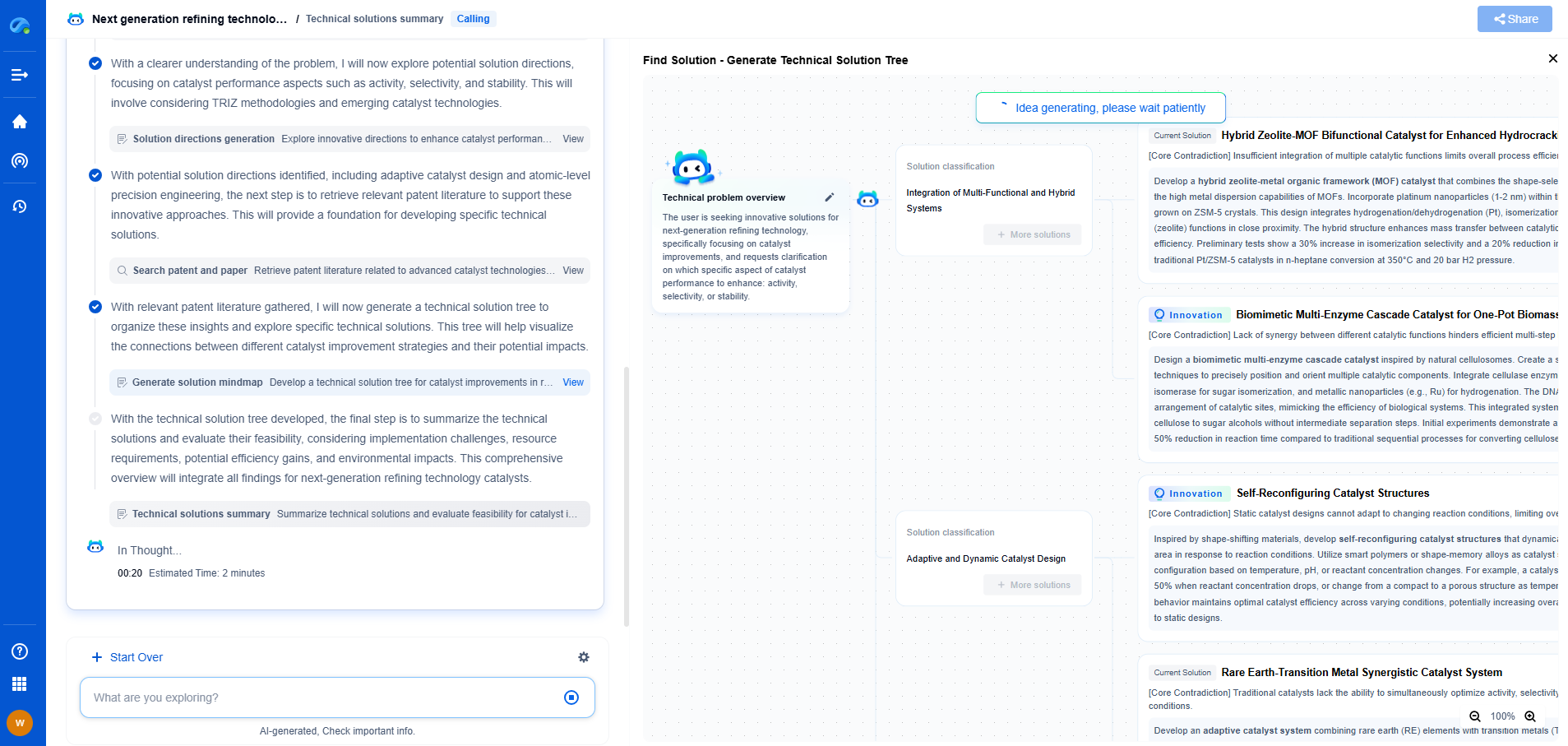What Is a Through-Hole Package? Benefits and Limitations
JUN 27, 2025 |
In the realm of electronics, components come in various shapes and sizes, each designed to meet specific needs. One of the classic forms of electronic packaging is the through-hole package. Through-hole technology (THT) involves mounting electronic components by inserting their leads through holes on a printed circuit board (PCB) and soldering them on the opposite side. Despite the rise of surface-mount technology (SMT), through-hole packages still hold a significant place in the electronics industry. This article delves into the characteristics, benefits, and limitations of through-hole packages.
Advantages of Through-Hole Packages
1. **Robust Mechanical Bonding**
One of the primary advantages of through-hole packages is their robust mechanical bonding. The leads of these components pass through the PCB, providing a strong physical connection. This makes them ideal for applications subject to mechanical stress or high temperatures, where durability is critical. For example, military and aerospace applications often require the reliability and strength offered by through-hole components.
2. **Ease of Prototyping and Testing**
Through-hole components are easier to handle, making them suitable for prototyping and testing. Engineers and hobbyists often find them more manageable when breadboarding or experimenting with circuit designs. The components can be easily inserted and removed, facilitating quick changes during the developmental phase.
3. **High Power Handling**
Through-hole packages are capable of handling higher power levels compared to their surface-mounted counterparts. They can accommodate larger components that dissipate more heat, making them suitable for power supplies and amplifiers where heat dissipation is a concern.
Limitations of Through-Hole Packages
1. **Increased PCB Size and Weight**
The need for through-holes in PCBs inevitably leads to larger and heavier circuit boards. This can be a significant drawback in applications where miniaturization and lightweight designs are essential, such as in mobile devices and compact consumer electronics.
2. **Manufacturing Complexity and Cost**
The manufacturing process for through-hole PCBs is generally more complex and costly. It involves additional drilling and soldering steps, which can increase production time and expenses. This makes through-hole technology less favorable for high-volume manufacturing compared to SMT.
3. **Limited Component Density**
With the components being mounted on only one side of the PCB and requiring holes to be drilled, through-hole technology limits the density of components that can be placed on a circuit board. This can be a disadvantage in modern electronic devices that demand compact and densely populated boards.
Applications of Through-Hole Packages
Despite their limitations, through-hole packages are still widely used in various applications. They remain a staple in industries where reliability and durability are prioritized over size and weight. Through-hole components are commonly found in:
- **Industrial Equipment:** Known for their robustness, through-hole packages are ideal for industrial machines that operate under harsh conditions.
- **Automotive Electronics:** The automotive industry values the reliable connections provided by through-hole components, especially in engines and safety systems.
- **Educational Kits and Projects:** Due to their ease of use, through-hole components are popular in educational kits and DIY projects, making them accessible to learners and hobbyists alike.
Conclusion
Through-hole packages have played a significant role in the evolution of electronic design and manufacturing. Their robust mechanical connections, ease of prototyping, and high power handling capabilities make them invaluable in certain applications. However, the limitations of increased PCB size, manufacturing complexity, and lower component density must be considered when choosing the appropriate technology for a given project. Understanding the benefits and constraints of through-hole packages can help engineers make informed decisions, balancing the trade-offs for optimal circuit design.
Empower Your Breakthroughs in Basic Electric Components with Patsnap Eureka
From resistors, capacitors, and inductors to fuses, connectors, superconductors, and nano-scale materials—basic electric elements may be the building blocks of modern electronics, but the innovation behind them is anything but simple. As device miniaturization accelerates and materials science pushes new frontiers, R&D and IP teams face increasing complexity in staying on top of technical advancements, patent activity, and competitive landscapes.
Patsnap Eureka, our intelligent AI assistant built for R&D professionals in high-tech sectors, empowers you with real-time expert-level analysis, technology roadmap exploration, and strategic mapping of core patents—all within a seamless, user-friendly interface.
🔧 Whether you’re optimizing energy storage, improving thermal resistance, or creating the next leap in circuit efficiency, Patsnap Eureka is your AI copilot for high-efficiency, high-precision R&D and IP strategy.
👉 Experience how Patsnap Eureka can revolutionize your R&D and IP strategy. Request a demo today and power up your next breakthrough.
- R&D
- Intellectual Property
- Life Sciences
- Materials
- Tech Scout
- Unparalleled Data Quality
- Higher Quality Content
- 60% Fewer Hallucinations
Browse by: Latest US Patents, China's latest patents, Technical Efficacy Thesaurus, Application Domain, Technology Topic, Popular Technical Reports.
© 2025 PatSnap. All rights reserved.Legal|Privacy policy|Modern Slavery Act Transparency Statement|Sitemap|About US| Contact US: help@patsnap.com

